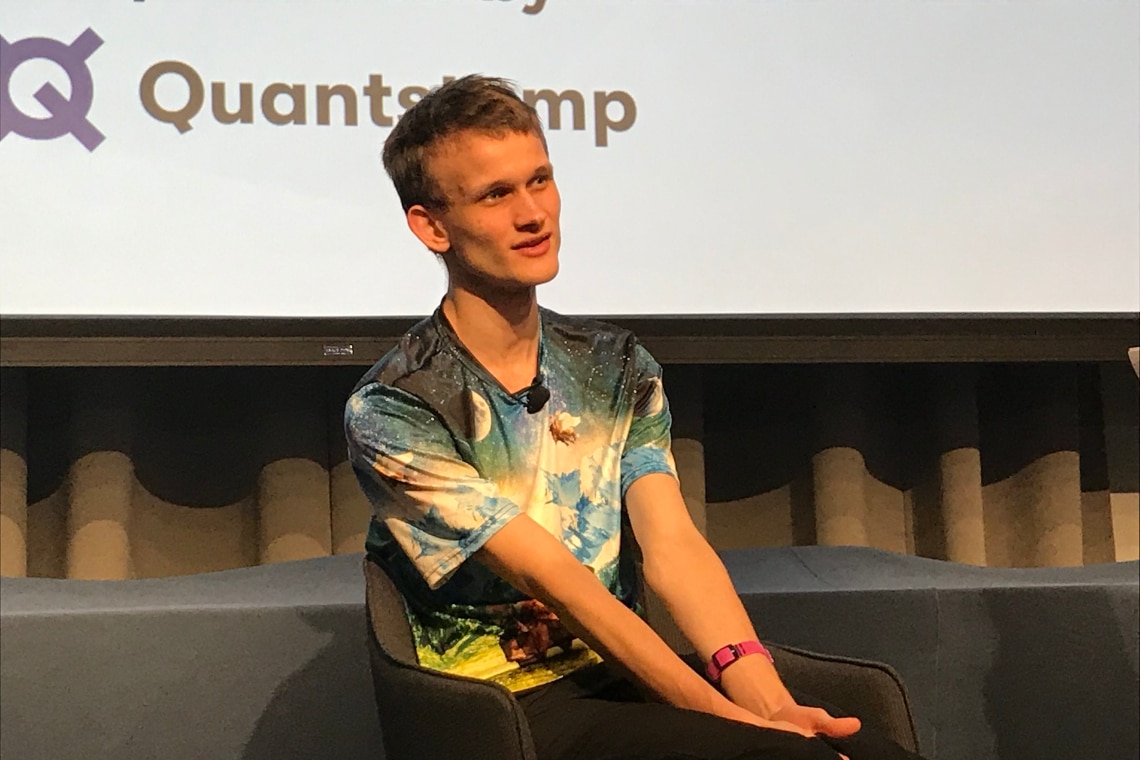The co-founder of Ethereum Vitalik Buterin looks at artificial intelligence (AI) as a solution to mitigate technical risks.
Through code verification and bug detection assisted by artificial intelligence, Buterin seeks to strengthen the Ethereum infrastructure while navigating the complex interaction between innovation and security.
Summary
Ethereum co-founder Vitalik Buterin finds solutions in AI
The innovation of Ethereum involves challenges and one of the main concerns of co-founder Vitalik Buterin is the looming specter of technical risks, particularly in the form of bugs within the code. To address this issue, Buterin has turned to artificial intelligence (AI) as a potential solution.
In a recent post, Buterin highlighted the potential of AI in assisting Ethereum developers in identifying bugs and verifying code.
Buterin has expressed enthusiasm for the prospect of formal verification assisted by AI, recognizing it as a breakthrough that could significantly mitigate Ethereum’s main technical risk.
The application of AI in this context promises to improve the robustness and security of the Ethereum infrastructure.
Buterin’s interest in AI goes beyond just bug detection. In a previous blog post, he outlined four ways in which cryptocurrencies and AI intersect, highlighting the potential of AI to revolutionize various aspects of the blockchain ecosystem.
He emphasized the idea that integrating AI into existing mechanisms could lead to more efficient and scalable operations, especially in scenarios where individual actors are replaced by AI agents.
However, this convergence between AI and cryptocurrencies also brings a series of challenges. Buterin acknowledges the intrinsic tension between the principles of open-source development, fundamental for the security of cryptographic systems, and the vulnerabilities introduced by open AI models.
The susceptibility of AI models to adversarial attacks represents a significant concern, highlighting the need for nuanced approaches to security in this rapidly evolving landscape.
The symbiosis between AI and Web3
Analysts have echoed Buterin’s sentiments, predicting a symbiotic relationship between AI and web3, the next iteration of the Internet characterized by decentralized protocols and applications.
Sandra Leow, analyst at Nansen, predicts a future where AI agents will play a key role in blockchain ecosystems, citing examples such as verification management applications that leverage zero-knowledge learning technologies.
The fusion of AI and web3 opens up a myriad of possibilities, from improving security and scalability to enabling new applications and use cases.
By leveraging AI-based tools for code verification and bug detection, Ethereum and other blockchain platforms can strengthen their defenses against potential threats, thus instilling greater confidence in developers and users.
Furthermore, the emergence of AI agents as active participants in blockchain networks heralds a paradigm shift in the way we interact with decentralized systems.
These autonomous entities have the potential to simplify various processes, from identity verification to supply chain management, unlocking new efficiencies and opportunities for innovation.
However, as with any technological advancement, it is necessary to carefully consider the ethical and social implications of integrating AI into blockchain ecosystems.
Issues such as data privacy, algorithm bias, and the concentration of power in the hands of AI agents require solid governance frameworks and transparent accountability mechanisms.
Conclusions
In conclusion, the combination of artificial intelligence and blockchain technology, as advocated by Vitalik Buterin, is very promising for addressing the technical risks inherent in platforms like Ethereum.
By leveraging the capabilities of artificial intelligence for code verification and bug detection, Ethereum can strengthen its resilience and security, instilling greater trust in developers and users. However, this convergence also presents unique challenges, including concerns about data privacy, algorithm bias, and concentration of power.
When navigating this landscape of transformation, it is essential to find a balance between innovation and ethical considerations, promoting transparent governance frameworks and accountability mechanisms. Ultimately, the synergy between AI and blockchain has the potential to revolutionize various aspects of decentralized systems, unlocking new efficiencies and promoting unprecedented levels of innovation.
With careful management and a commitment to responsible development, we can harness the full potential of these technologies to create a more inclusive, transparent, and resilient digital future.




